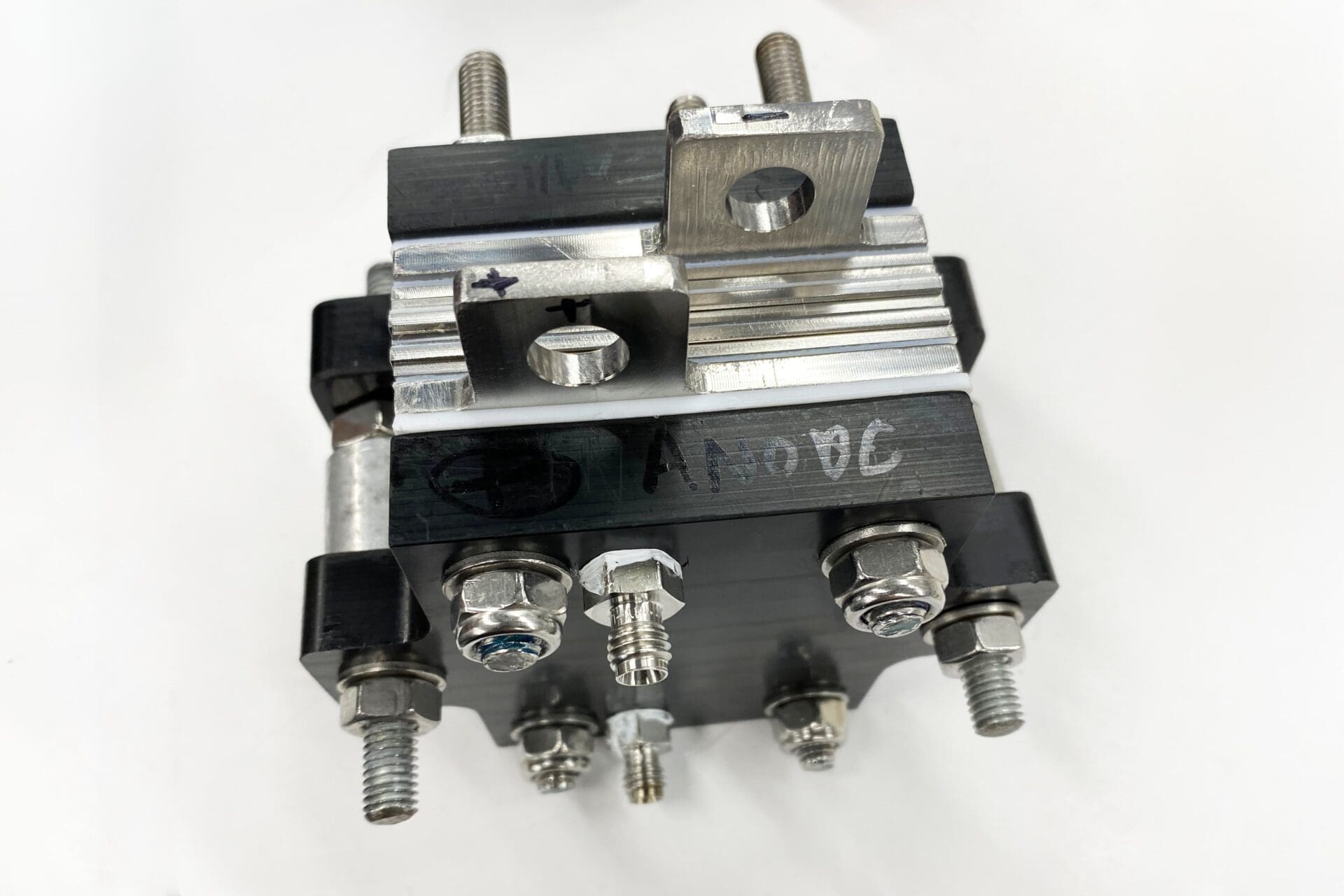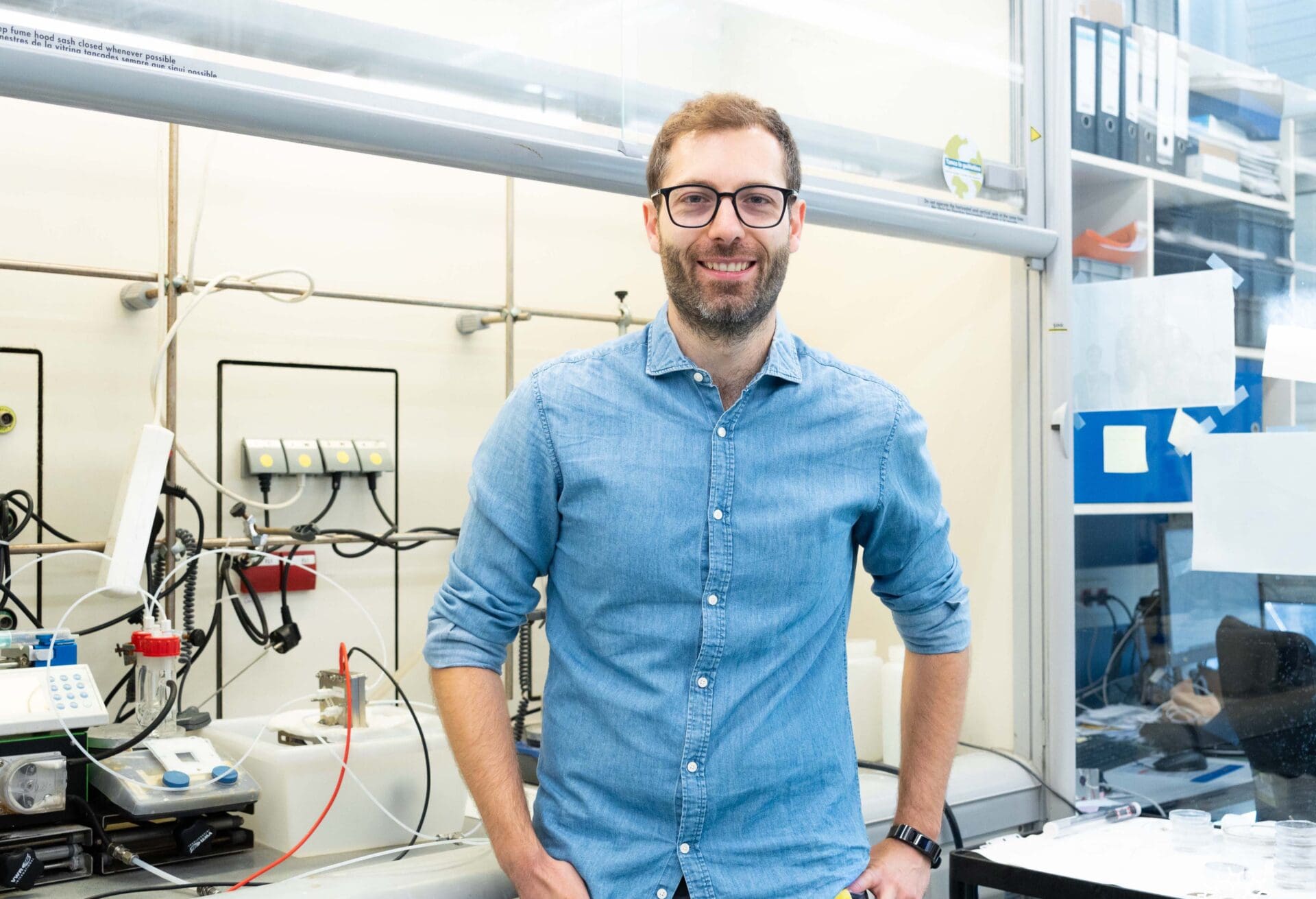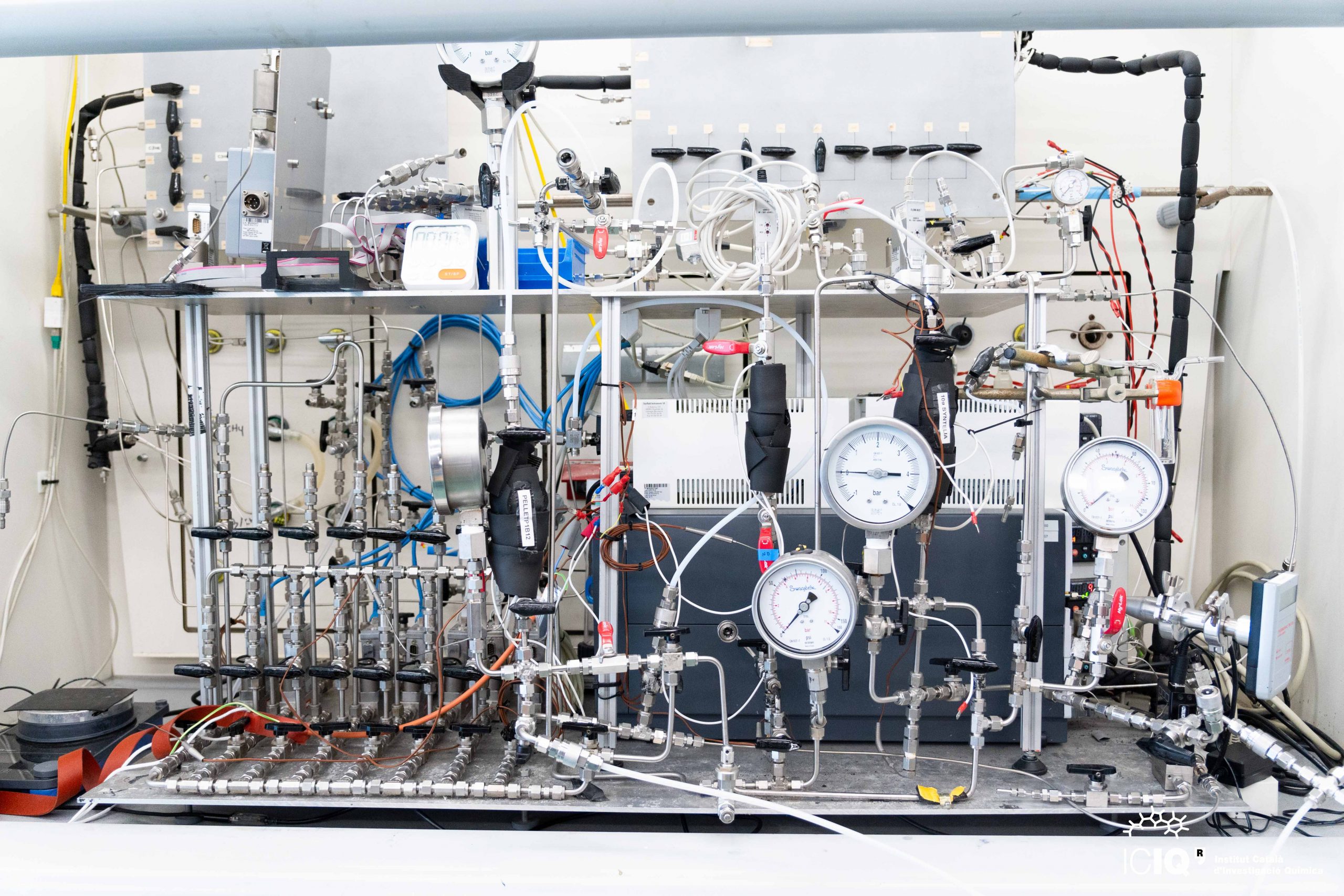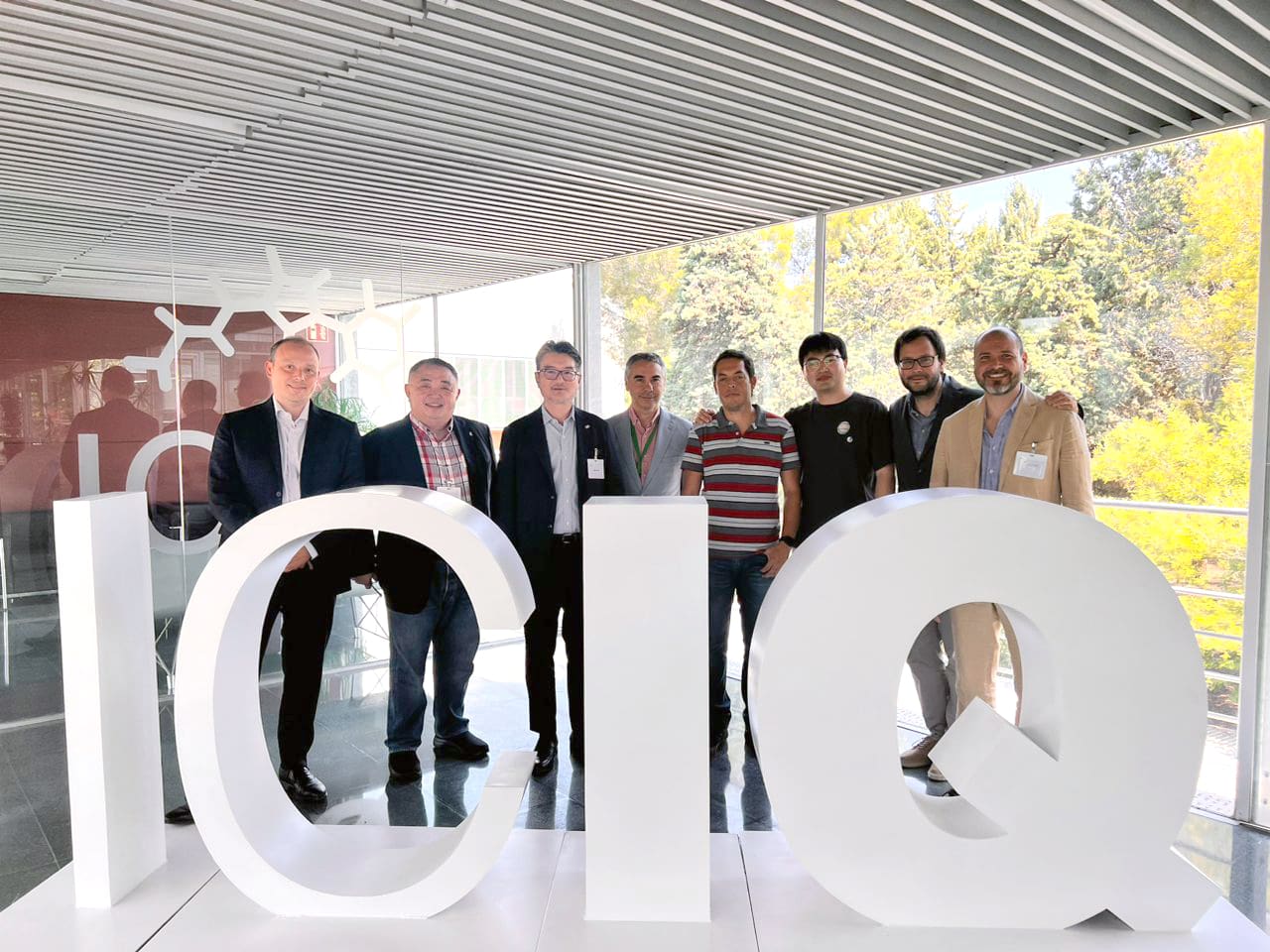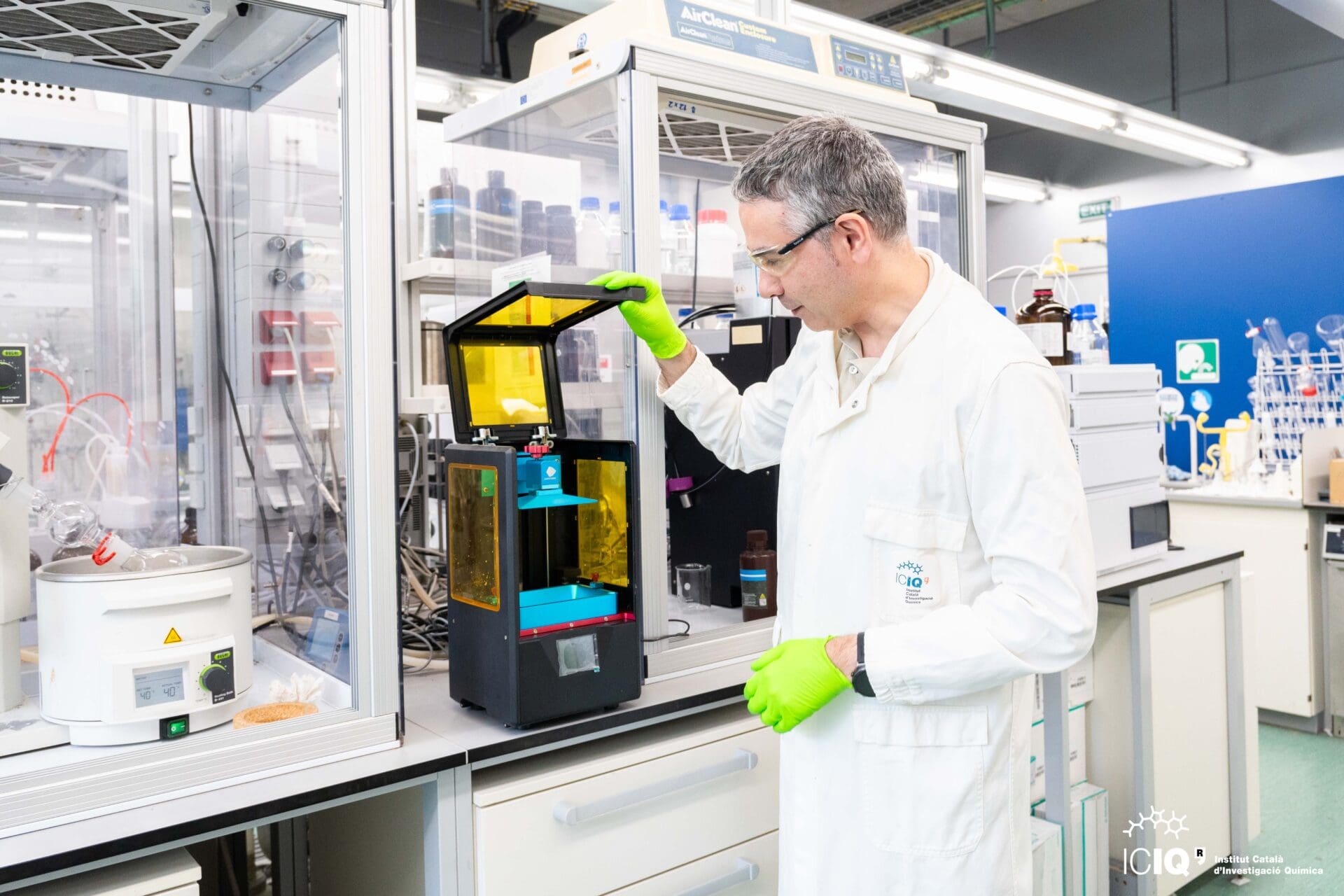Bridging the valley of death
One of the problems that we face today in the field of technological development is that, in most cases, the research conducted in centres of excellence does not reach beyond a publication or a patent that has scarce possibilities to be exploited. That is, in most cases, the results won’t be applied to provide real benefit to society. This gap between research results and their application is what is known as the valley of death.

CSOL researchers
The ICIQ aims to bridge this gap through the valorization of research results. For this reason the CSOL (Catalyst Selection and Optimization Laboratory) platform was created. In 2015, Obra Social “la Caixa” will finance, for the second consecutive year, valorization projects of the research conducted at ICIQ.
“The valorization of research results is essential to ensure that they can have a real application and, thus, they can have an impact in society. The problem is that, in general, this is a field where there is little funding. This was also seen by La Caixa as an opportunity to contribute to an under-resourced phase of R&D” -says Dr. Fernando Bravo, CSOL manager.
The projects are selected according to their relevance, technological interest and social impact. These economic resources cover staff costs, laboratory consumables and equipment, and patent applications.
This year, the following projects will be developed:
- ‘Hydrogen production by water electrolysis using renewable energies’ (under the scientific supervision of Prof. J. R. Galán-Mascarós)
- ‘Methanol formation by hydrogenation of carbon dioxide at high pressures’ (under the scientific supervision of Dr. A. Urakawa)
- ‘In-silico studies for the formation of pharmaceutical co-crystals’ (under the scientific supervision of Crysforma and Prof. C. Bo)
“The projects are funded by La Caixa for a period of 1 year, although this funding can be extended by applying for in successive calls. The objective is that after this period, the projects move along the Technology Readiness Level metrics and are better positioned, so that they can contribute to the creation of a spin-off company, be licensed more easily or achieve new sources of funding. As an example, last year we worked on a project by Prof. Emilio Palomares research group for the detection of cystic fibrosis. This year this project has received an ERC Proof of Concept grant for the development of a non-invasive device for rapid detection of cystic fibrosis in humans” -says Dr. Bravo.
Media
Related news

Let's create a brighter future
Join our team to work with renowned researchers, tackle groundbreaking
projects and contribute to meaningful scientific advancements






 17-12-2024
17-12-2024 